Readers who have put in some time on the railways may remember the neat, brush-painted graffiti that appeared in 1974 on a wall facing the line just outside Paddington station: FAR AWAY IS CLOSE AT HAND IN IMAGES OF ELSEWHERE.
Not until Banksy took up his spraycan did a piece of London graffiti make such a stir. The Telegraph’s Peter Simple column attributed the long-lasting inscription to the shadowy ‘Master of Paddington’ and the Oxford commuter-poet Roger Green mused on the hauntingly unspecific slogan in his journal Notes From Overground, a minor publishing hit of 1984. Another 20 years passed before the perpetrators were outed; it turned out that their declaration was a mash-up of the words of two other poets, Robert Graves and Ruth Padel.
James Attlee’s book is the work of another former commuter, now released into full-time writing after 12 years of long-distance shuttling back and forth on the same line. Designated ‘writer on the train’ by First Great Western — a sort of writer-in-residence on wheels — he explores the route in depth, armed with a licence to interview railway staff along the way.
As it turns out, the workings of the modern system interest him less than the interconnected stories that lie just beyond the railway’s graffitied boundary walls. The result is engaging, with echoes in particular of Patrick Wright’s excavations of occult English histories, and of the subversive narratives of Patrick Keiller’s Robinson film travelogues.
Keiller’s Robinson in Space (1997) began in Reading, at the house where Arthur Rimbaud was employed in 1874 as a teacher of French. The young Symbolist poet and temporary Readingite turns up in Attlee’s book too, as does Oscar Wilde in his unwilling role as prisoner C.3.3 in George Gilbert Scott’s Reading gaol, one of the many architectural excitements along the Great Western mainline.
Attlee traces C.3.3 in his former role as social lion to Taplow Court, where Wilde was among the guests of Ettie Grenfell, Lady Desborough. Ettie was queen bee of ‘the Souls’, and she made Taplow one of the group’s playgrounds in matters social, cultural and romantic. Neighbouring Cliveden emerges as still more consistently a house of power, especially during its Astor years.
Profumo, Keeler and Rice-Davies duly appear, but Attlee also locates Cliveden’s latter-day malarkey in relation to the long-standing loucheness of Maidenhead. The Thames-side town has been home at various times to Skindles’ no-questions-asked hotel, the boat club of the Brigade of Guards, and such raffish stars of stage and screen as Ivor Novello, Tallulah Bankhead and Diana Dors.
With her first husband, Dors bought a riverside mansion here. Some of the swinging parties for which she became notorious were held in its penthouse. At a local cocktail party she also met the Cookham artist Stanley Spencer. He declared that he wanted to paint her (‘Her pouting lips are particularly pretty’), but nothing came of it. Walk-on parts for Max Clifford, a one-time party guest of Dors, and for Rolf Harris, another Maidenhead resident, bring reflections on contemporary standards of acceptable behaviour.
Easy railway access to London made all this possible. Even Stanley Spencer was a commuter in his days as a Slade art student, lacking the money for digs in London. So it seems only right that Dors (née Diana Fluck) was the daughter of a railway clerk at Swindon, whose mayor once denounced her for having brought shame on the Great Western’s company town.
Attlee’s other structuring device on the way down to Bristol is Isambard Kingdom Brunel. He is clear-sighted about the Great Western’s founding engineer and his alloy of genius, arrogance and showmanship. He also points out that much of the railway’s capital came from Bristol slave-owners, who had just been compensated by the government for the abolition of their human holdings. The giant chains in the background of Robert Howlett’s famous portrait photo of Brunel begin to take on different associations.
No matter; a new museum and archive called Being Brunel is under construction in Bristol, alongside the engineer’s dry-docked S.S. Great Britain, with ‘a vast replica of his head’ as its centrepiece. Visitors will be able to explore this head when the doors open in 2017.
Take this distinctive book to read on the train before then, and perhaps try to untangle the stories along your own regular stretch of line. Far away is indeed close at hand.
Got something to add? Join the discussion and comment below.
Get 10 issues for just $10
Subscribe to The Spectator Australia today for the next 10 magazine issues, plus full online access, for just $10.
Available from the Spectator Bookshop, £13.49 Tel: 08430 600033
You might disagree with half of it, but you’ll enjoy reading all of it. Try your first month for free, then just $2 a week for the remainder of your first year.

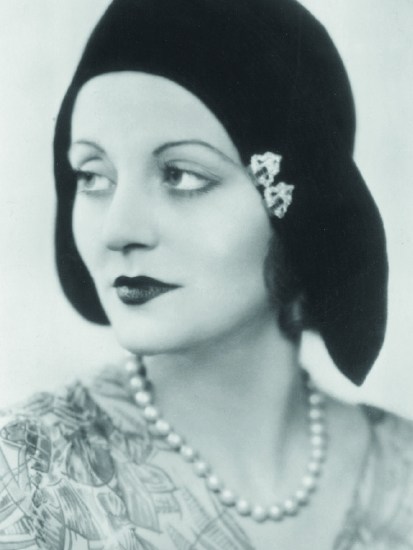
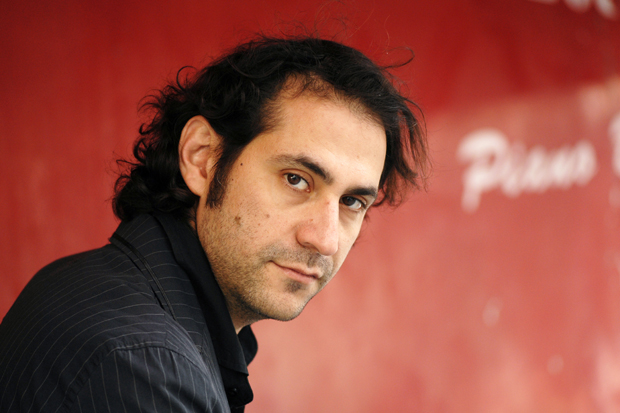

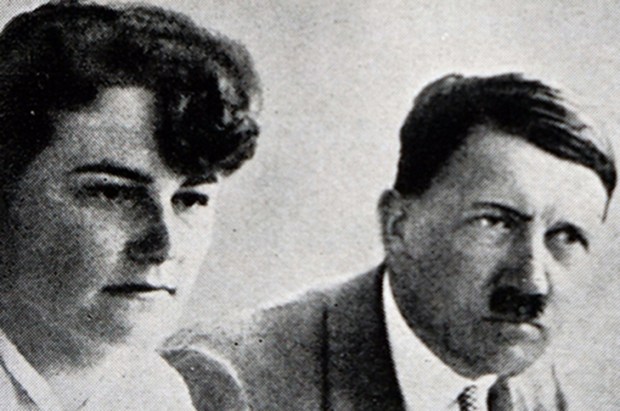

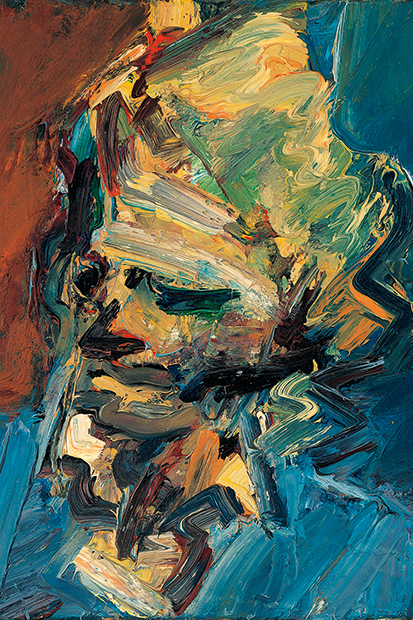
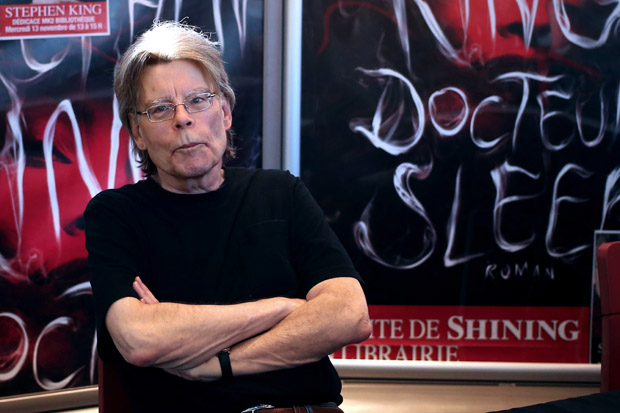






Comments
Don't miss out
Join the conversation with other Spectator Australia readers. Subscribe to leave a comment.
SUBSCRIBEAlready a subscriber? Log in